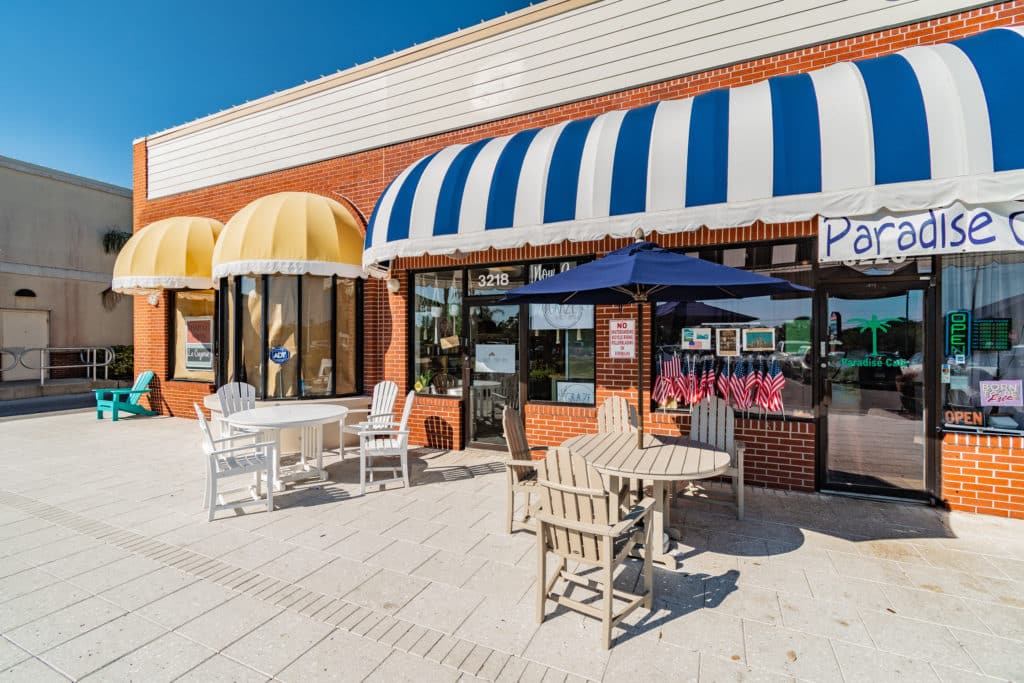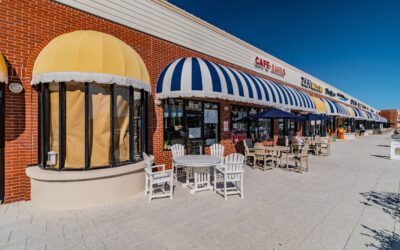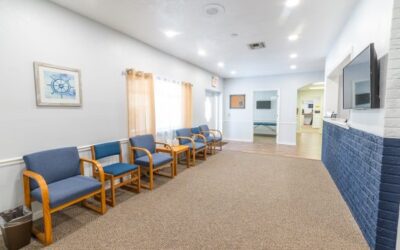Building and permitting a new restaurant in Florida can be a complex process. However, with proper planning and attention to detail, the process can be successfully navigated. Here are the steps we follow to build and permit a new restaurant in Florida.
1. Choose a Location: The first step in building and permitting a new restaurant in Florida is choosing a location. You need to find a location that is zoned for restaurant use. You also need to consider accessibility, parking, and visibility when choosing a location.
2. Hire Adkins as your General Contractor: Once you have identified a location, the next step is to hire us as your General Contractor. We will help you design the restaurant and obtain the necessary building permits. We will also ensure the restaurant complies with building codes and health regulations.
3. Obtain Zoning Approval: After we have designed the restaurant, we obtain zoning approval. This involves presenting your plans to the zoning board, where they will determine if your restaurant is in compliance with the zoning laws in the area. If your plans are approved, we can then move on to the next step.
4. Obtain Building and Health Permits: The next step is to obtain building and health permits. These permits are required by the state of Florida to ensure that the restaurant is designed and constructed in a way that meets the state’s building and health codes.
 5. Construction: Once we have obtained all necessary permits, construction can begin. During this phase, we as the general contractor work closely together with the architect and MEPF designers to construct the restaurant according to the plans that were designed.
5. Construction: Once we have obtained all necessary permits, construction can begin. During this phase, we as the general contractor work closely together with the architect and MEPF designers to construct the restaurant according to the plans that were designed.
6. Inspections: After the construction is completed, the restaurant will need to be inspected by the local health inspector and building inspector to ensure that everything is up to code. Once these inspections are completed successfully, you will be ready to open your new restaurant.
In conclusion, building and permitting a restaurant in Florida takes careful planning and attention to detail. By hiring Adkins Building & Construction for you next new restaurant or new restaurant build-out you will successfully navigate the process and open your new restaurant for business on time and on budget.
There are several building codes applicable to restaurants in Florida. Here is a list of some of the most important ones:
1. Florida Building Code: This code sets the regulations for standard building construction practices in Florida, including those related to fire and life safety, structural design, plumbing, mechanical, and electrical systems.
2. Florida Fire Prevention Code: This code sets the regulations for fire safety requirements in all structures within the state, including restaurants.
3. National Fire Protection Association Standards: The NFPA sets the standards for fire safety in buildings and structures. The NFPA 96 is the standard for ventilation control and fire protection of commercial cooking operations.
4. Americans with Disabilities Act: The ADA sets the accessibility standards for building design and construction to make sure that all people, including those with disabilities, have equal access.
5. Florida Accessibility Code for Building Construction: This code outlines the state’s accessibility standards for new construction or alteration of buildings.
6. Florida Building Code Energy Conservation: This code outlines the requirements for energy efficiency for buildings in the state, including restaurants.

7. Florida Department of Health Food Service Establishment Regulations: These regulations cover the design, construction, and operation of food service establishments, including restaurants.
8. Restrooms: Section 403.2 of Florida Building Code Plumbing “Required Plumbing Fixtures” states separate facilities must be provided for each sex when plumbing fixtures are required. An exception exists for food services establishments with 10 or fewer seats in which case one unisex accessible restroom may be provided. The service area is determined by the occupant capacity based on the service area and/or fixed seats for indoor and outdoor service areas.
9. Capacity: Occupant capacity in a food service establishment is determined by the customer service area including outdoor seating. Section 1004 of the Florida Building Code allows one person for each 15 square feet of customer service area. Outdoor dining and sidewalk cafés are included in this calculation.
It’s important to note that these codes and regulations may vary depending on the size and scope of the restaurant, and the local codes may also apply in addition to the state codes. It is always recommended to work with a licensed architect or engineer who is familiar with the local and state codes to ensure all requirements are met during the design, construction, and permitting process.




